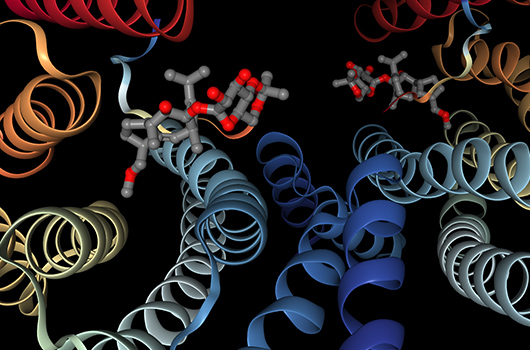A major challenge in modern drug discovery and chemical biology is the ability to identify inhibitors of protein–protein interactions (PPIs). In recent years, fragment-based approaches targeting PPIs have emerged as a new methodology that is aimed to address this challenge. Comparative analysis of “normal” fragments with those targeting PPIs has revealed that the latter tend to be larger, be more lipophilic, and contain more polar (acid/base) functionality. These physicochemical properties correlate well with optimized PPI inhibitors and are exploited in the rational design of PPI-specific fragment libraries.
PPI Fragment Library designed by Reaxense is a collection of 6,298 compounds that intersect both fragment and PPI inhibitors chemical spaces. While having higher molecular weight and lipophilicity, they still in general meet characteristics peculiar to fragment compounds. In addition, the fraction of sp3 atoms has been approximated to the average Fsp3 value of known drugs.
Features
- 6,298 fragment molecules for PPI drug discovery
- No pan-assay interference (PAINS) compounds
- Compounds with reactive and toxic groups filtered out
- High diversity over the library
- Each fragment contains at least 1 aromatic ring
- Purity >90%; spectral data available

